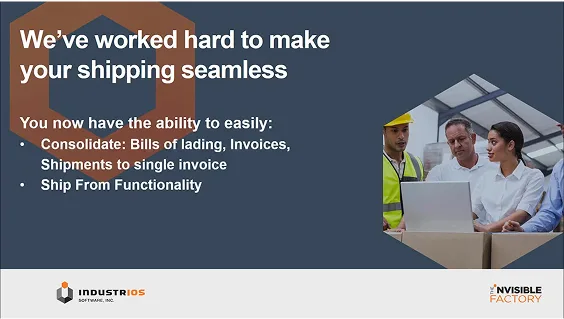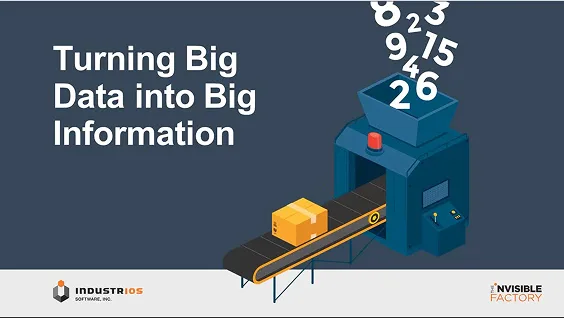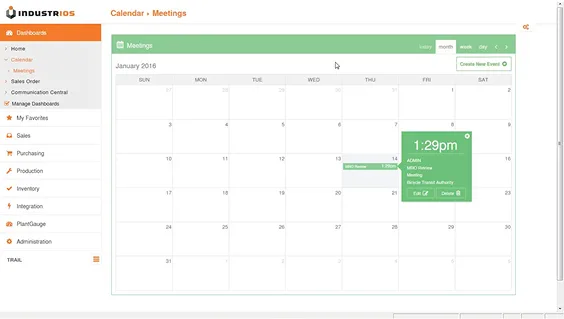Even ERP Suites Write Integrations
The sales spin from ERP software suite vendors is that theirs is a seamlessly integrated solution. A closer look reveals that even though the vendor is unique, many components of ERP suites contain elements of integration.

The sales spin from ERP software suite vendors is that theirs is a seamlessly integrated solution. A closer look reveals that even though the vendor is unique, many components of ERP suites contain elements of integration.
In his article entitled Suites don’t always win, Frank Scavo from Strativa, Inc. takes a look at integrated software suites and what they really bring to the boardroom table, and highlights some of the major reasons why, when it comes to enterprise software, suites don’t always win. The first three of these reasons are discussed here:
1. Vendor suites may not be as well integrated as vendors claim. Mr. Scavo points out that many enterprise suites get that way through acquisition, stating Oracle and SAP as examples. You could add Microsoft to this list, whose Business Solutions group was built through acquisitions of Great Plains Software, then Navision from Scandinavia, while Microsoft CRM was developed by Microsoft from day 1. It is safe to say there is a fair amount of integration work between these applications, rather than up-front engineering of completely seamless applications.
2. Integration is an IT priority, not a business priority. This fact is so often overlooked. Enterprise suites, to gain market share, are developed for every possible industrial sector, from insurance to retail to manufacturing. It is very challenging to write software that has such a breadth of functionality, and expect the depth in one particular sector to come with it. When this is achieved, you end up with software whose configuration at implementation requires years of effort. If you are in only one industry sector like manufacturing, depth of functionality may be more critical to your business’ competitiveness than breadth of same.


3. Integration has gotten a lot easier. This is good news even to suite publishers. Many business functions are best handled through third parties. In manufacturing, EDI, payroll, nesting, quality compliance or MES fall in this category. Financial Reporting for most off the shelf packages is FRx. In the business development arena, enterprise software integrates light marketing functions with account, contact and opportunity management. Very few products tackle marketing automation integration yet. Similarly, Business or Manufacturing Intelligence is almost always supported by third party technology. The point here is that all suites use third party applications with integration of some kind.
As pointed out in a previous blog, as technology and business applications evolve and market needs expand, Hybrid ERP solutions provide depth of functionality, taking advantage of integration tools and techniques even ERP suite vendors use.












